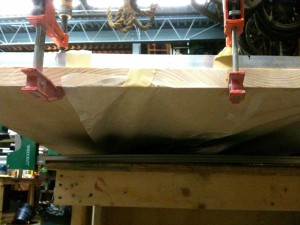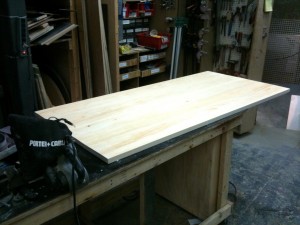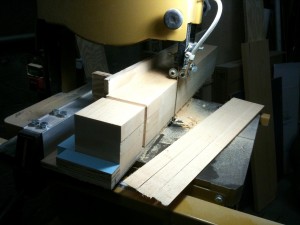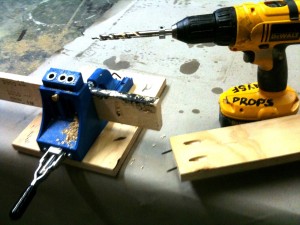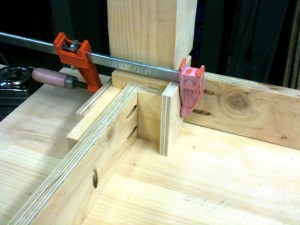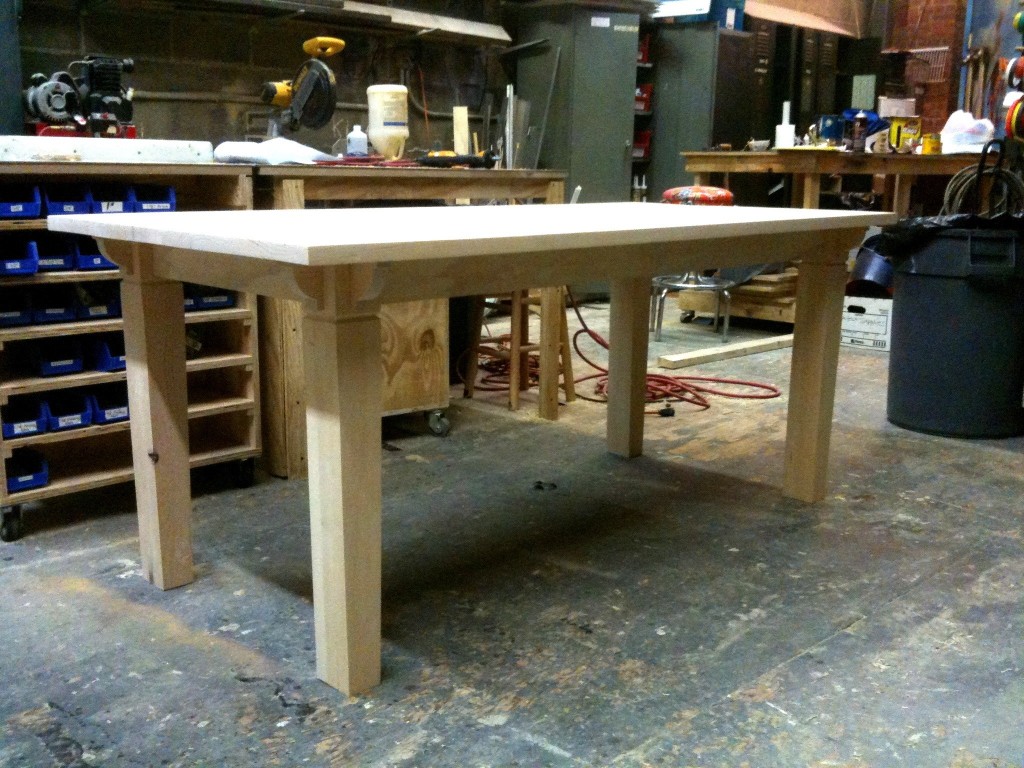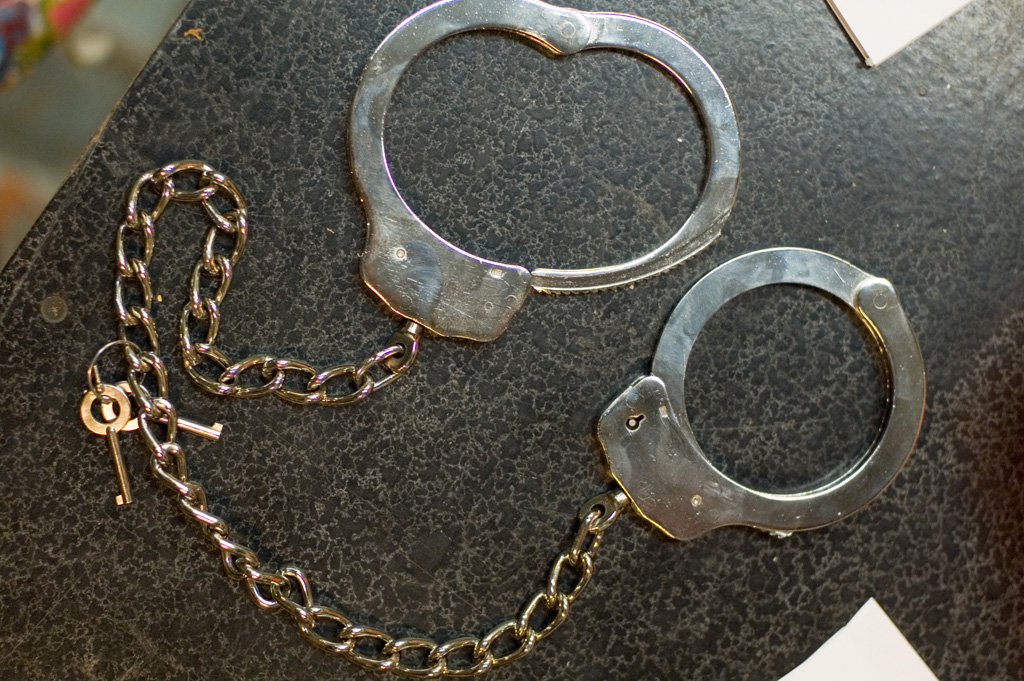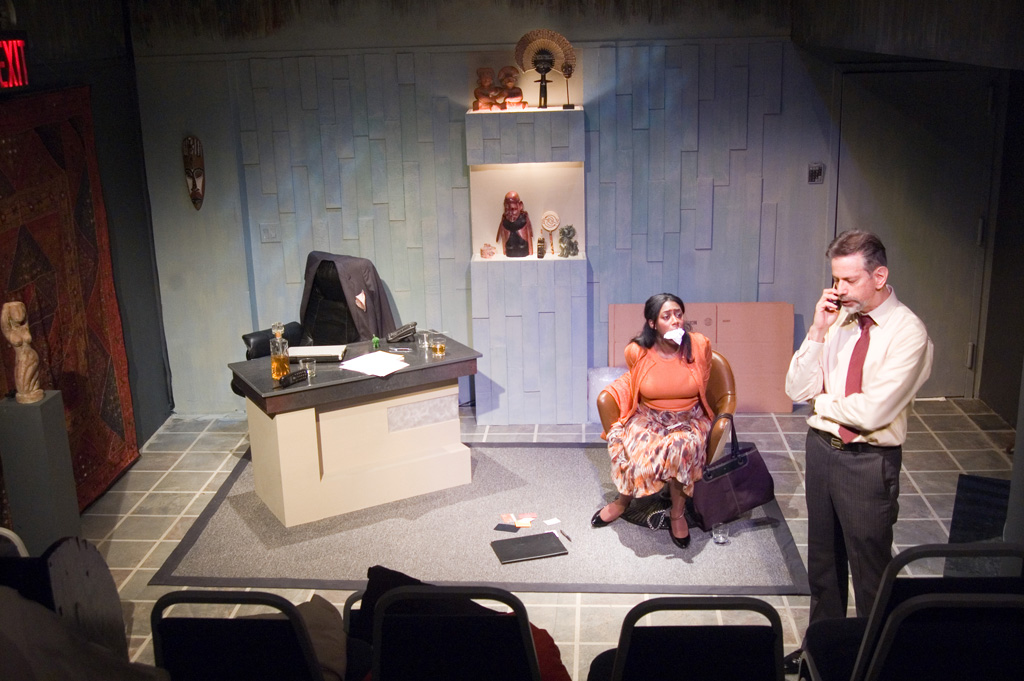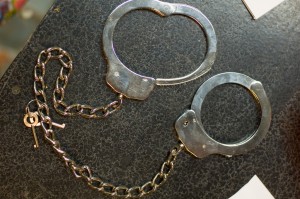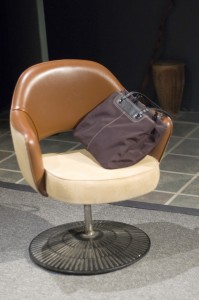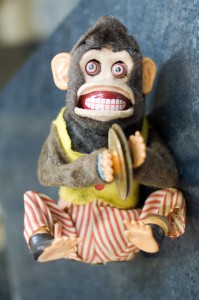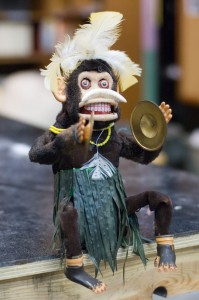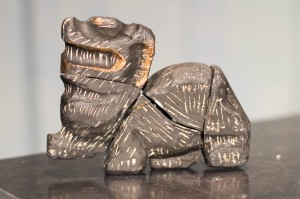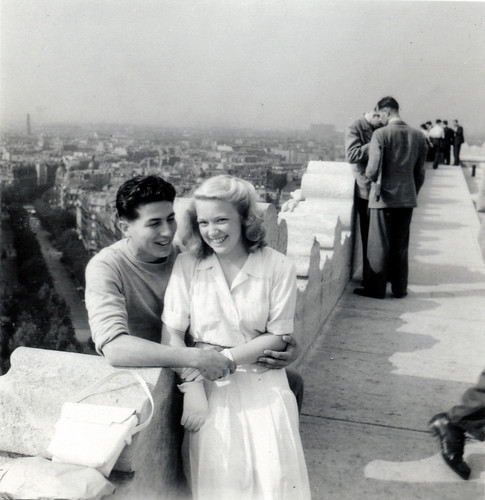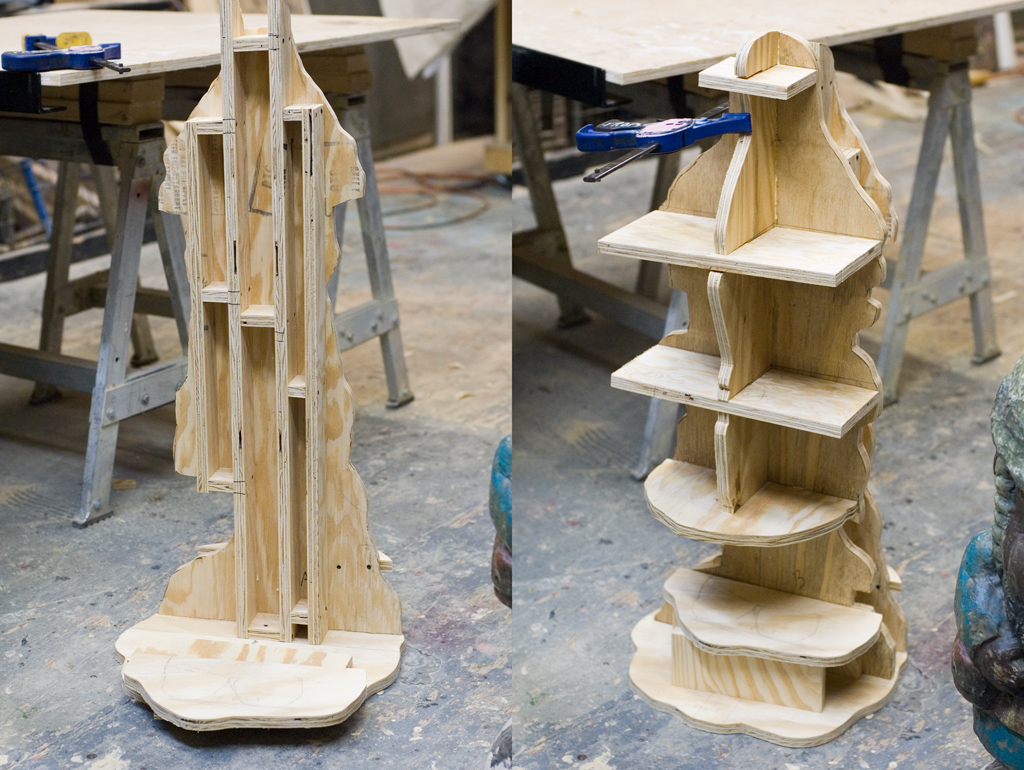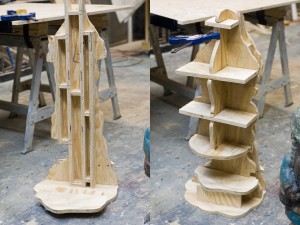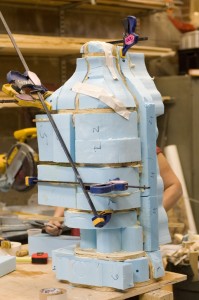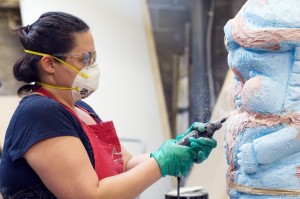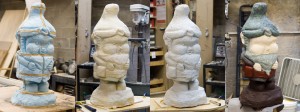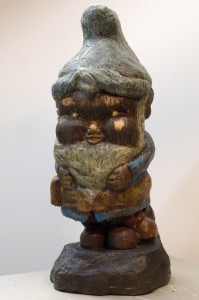When should you begin providing the real props for a production? At the very latest, the actors should have the final versions by the first day of tech. If the size or weight will change, the actor may not feel comfortable using it without adequate preparation. If the color is going to change, the lighting designer may have to adjust the light cues.
When you can’t provide the final prop, the rehearsal prop should be as close to the real one as possible. Depending on what kind of prop it is, the properties you need to match need not be replicated in exact detail. For example, a rehearsal table can simply be a piece of sheet goods cut to the correct width and depth and set on a base of the correct height.
One type of prop you should not hesitate in introducing is weapons. Stage combat items should be provided as soon as the actors begin fight rehearsals. Swords, especially, can be very particular, and a slight difference in weight or balance can alter even simple choreography.
So why wouldn’t you provide all the real props by the first rehearsal? The main reason is simple logistics. You cannot buy, borrow or buid all the props for a show between the time you receive the designs and rehearsals begin. You need to prioritize what props they need to practice with and which can wait. In addition, the designs (especially for props) can be late, and may not come in until after rehearsals have begun. Some directors prefer not to have final props before rehearsal; they use rehearsal time to work out what they want the props to be. It helps to build a rehearsal prop which can be adapted easily. There are some directors we work with where we give them a rehearsal prop right away, even before he or she requests it; we know they will not make a decision until they have something tangible in their hand which they can compare against (“it should be bigger than this”, or “more purple please”).
Another reason you may not want to provide the real thing is when it is a large set prop, or it is built into the set somehow. If it’s a rental and you need to save money by only renting it for the minimum amount of time, you might also keep it out of rehearsals until closer to tech. Breakaways should be saved for tech. You can arrange for a special breakaway rehearsal to allow the actor to see what they should be mimicking during regular rehearsals. This is true of other special effect and trick props which the show might call for. Actors and stage management are being introduced to a lot of elements on the first day of tech, so the more props you can show them beforehand, even if only once, the better.
Sometimes, you can provide the real prop but in an unfinished form. It may be unpainted or needs to be reupholstered, or it just needs more details and decoration unrelated to its function. In these cases, you can allow the actors to rehearse with the unfinished prop for awhile and then take it away to finish it on their days off.
I’ve only provided what I know on this subject. What are your insights or opinions on the matter?



